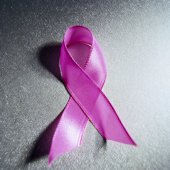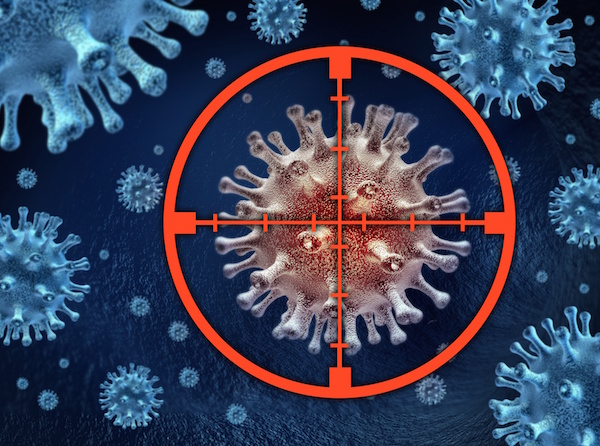
SATURDAY, June 4 (HealthDay News) — The anti-estrogen drug Aromasin appears to cut the odds of breast cancer by 65 percent in high-risk postmenopausal women, new research has found.
And unlike other anti-estrogen therapies such as tamoxifen and raloxifene, Aromasin (exemestane) did not carry a heightened risk of endocrine cancer or blood clots, although it did have the well-known problems of hot flashes and joint stiffness also attributable to tamoxifen and raloxifene, the study authors said.
Estrogen is a primary fuel behind many breast cancers.
“This may add another potential drug for these women,” said Dr. Jennifer Litton, a breast medical oncologist with the University of Texas M.D. Anderson Cancer Center in Houston. “Hot flashes, joint stiffness were more pronounced but it [Aromasin] doesn’t have the blood clot and uterine cancer risk.”
Aromasin, an aromatase inhibitor now available in generic form, is currently approved for early breast cancer patients but not to prevent tumors.
This new trial, the results of which were presented Saturday at the annual meeting of the American Society of Clinical Oncology in Chicago, is the first to look at drug’s use for prevention. The study results were published simultaneously in the New England Journal of Medicine.
Tamoxifen and its sister drug, raloxifene, which combat estrogen by a different mechanism, are approved for breast cancer prevention in high-risk women but both have serious, albeit rare, side effects, including endometrial cancer and blood clots.
Tamoxifen has been shown to reduce the risk of invasive breast cancer by 38 percent, but the risk of side effects seems to have deterred many women. Only 4 percent of women eligible to take tamoxifen actually do so, noted Dr. Paul E. Goss, lead author of the new study and professor of medicine at Harvard Medical School and Massachusetts General Hospital in Boston, who spoke at a Saturday news conference.
The new phase 3 trial of 4,560 women — all of whom were at higher risk for breast cancer for various reasons including age (average age of the participants was 62.5 years) — were randomly chosen to take Aromasin or a placebo.
After an average follow-up of three years, investigators found a 65 percent reduction in invasive breast cancer in the Aromasin group compared to the placebo group, a difference Goss characterized as “massive.”
The researchers had hoped that osteoporosis and cardiovascular side effects would be lower in the Aromasin portion of the trial but they were not.
Litton stressed, however, that the follow-up in the study was relatively short: only three years and that patients do need to be followed for longer.
The trial was partially funded by Pfizer Inc., which makes Aromasin.
A second study presented Saturday found that expanding the area of radiation in certain women with early breast cancer decreased both local and distant recurrences.
Right now, women whose cancer has spread to more than three lymph nodes are generally treated with surgery and chemotherapy followed by radiation to the whole breast and nearby lymph nodes.
Women with fewer than three positive nodes generally don’t get the added radiation.
This randomized study of more than 1,800 women found that expanding the field of radiation in women with fewer positive lymph nodes did, in fact, result in benefits.
After an average follow-up of five years, women with fewer positive lymph nodes who received the additional radiation improved their disease-free survival by more than 30 percent, had a 41 percent lower risk of nearby recurrences and a 36 percent lower rate of distant recurrences.
Improvements in overall survival, however, were not statistically significant, said study lead investigator Dr. Timothy J. Whelan, professor of oncology and division head of radiation oncology at McMaster University and the Juravinski Cancer Centre, in Hamilton, Ontario, Canada.
There were also some side effects in women who received the extra radiation, namely lymphedema (swelling in the arms or legs) and lung inflammation.
Still, Whalen said, “this suggests that all women with node-positive disease be offered regional nodal irradiation as long as they are made aware of the potential toxicities.”
More information
The U.S. National Cancer Institute has more on breast cancer.

